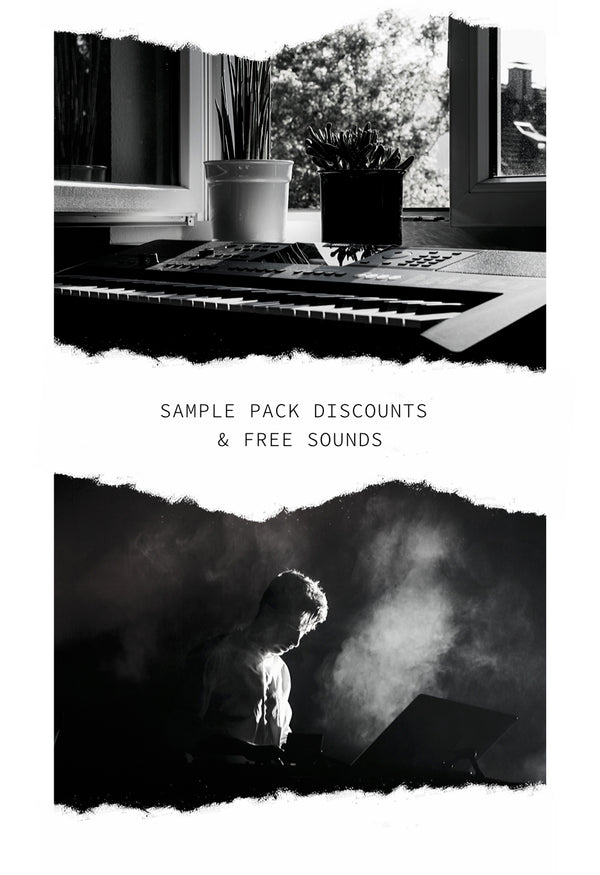Your Cart is Empty
⚠50% off code: SAMP50⚠
⚠50% off code: SAMP50⚠
⚠50% off code: SAMP50⚠
by Anders Johanson September 09, 2018 4 min read

Receive discount codes on sample packs, free sounds to your inbox, and more! Seriously, we send out free sounds!